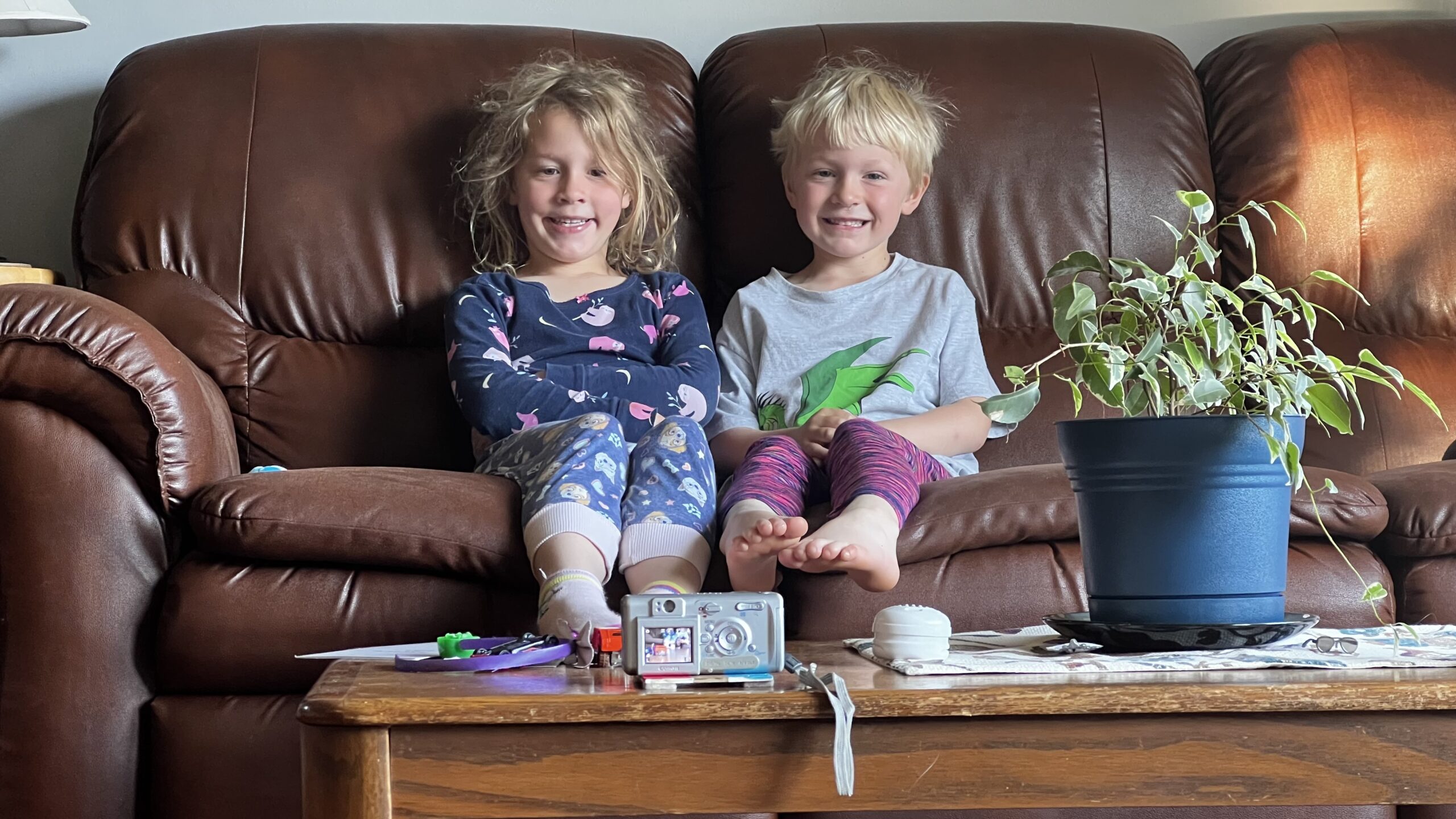Last Thursday the US Department of Justice announced it was suing Apple for monopolizing smartphone markets within the United States. I’ve spent the last few days trying to wrap my head around how much of this is hype and how much is a legitimate public concern?
From the Office of Public Affairs | US Dept. of Justice:
The complaint alleges that Apple’s anticompetitive course of conduct has taken several forms, many of which continue to evolve today, including:
- Blocking Innovative Super Apps. Apple has disrupted the growth of apps with broad functionality that would make it easier for consumers to switch between competing smartphone platforms.
- Suppressing Mobile Cloud Streaming Services. Apple has blocked the development of cloud-streaming apps and services that would allow consumers to enjoy high-quality video games and other cloud-based applications without having to pay for expensive smartphone hardware.
- Excluding Cross-Platform Messaging Apps. Apple has made the quality of cross-platform messaging worse, less innovative, and less secure for users so that its customers have to keep buying iPhones.
- Diminishing the Functionality of Non-Apple Smartwatches. Apple has limited the functionality of third-party smartwatches so that users who purchase the Apple Watch face substantial out-of-pocket costs if they do not keep buying iPhones.
- Limiting Third Party Digital Wallets. Apple has prevented third-party apps from offering tap-to-pay functionality, inhibiting the creation of cross-platform third-party digital wallets.
The complaint also alleges that Apple’s conduct extends beyond these examples, affecting web browsers, video communication, news subscriptions, entertainment, automotive services, advertising, location services, and more. Apple has every incentive to extend and expand its course of conduct to acquire and maintain power over next-frontier devices and technologies.
After investigating the top five complaints…
Blocking Innovative Super Apps: Super Apps provide multiple services including payment and instant messaging services, effectively becoming an all-encompassing self-contained commerce and communication platform that embraces many aspects of personal and commercial life. At the same time they are taking Apple to task, regulators in the US and Europe have also expressed concerns about the overall power of the such super apps and appear to be giving mixed signals over their concerns of privacy and monopoly powers.
Suppressing Mobile Cloud Streaming Services: Although Apple originally put up some roadblocks for Microsoft and its Xbox streaming services, it is now allowed on iOS. Perhaps there are other services of which I’m not aware that apply here, but it sounds like this is an older grievance that has been rectified.
Excluding Cross-Platform Messaging Apps: Although iPhone’s green bubbles have been characterized as the epitome of Apple’s unfairness — reading into the complaint it appears it’s more about the lack of SMS support in public APIs so that other apps can choose to mix their own propriety message protocols with SMS the way iMessage does. I agree, Apple should open up both phone and SMS messaging for third parties.
Diminishing the Functionality of Non-Apple Smartwatches: This complaint boils down again to restrictions on the public API that Apple’s private APIs don’t have. Although I think it’s absurd to say third party smartwatches only run on bluetooth and “Apple recognizes users frequently disable Bluetooth on their iPhone without realizing that doing so disconnects their watch” and has therefore allowed syncing to continue with Apple Watch while bluetooth is disconnected. But really… who frequently disables Bluetooth?
Limiting Third Party Digital Wallets: As explained in the briefing, “Digital wallets are apps that allow a user to store and use passes and credentials, including credit cards, personal identification, movie tickets, and car keys, in a single app.” The complaint alleges that if “financial institutions offered digital wallets, then users would have access to new apps and technologies without needing to share their private financial data with additional third parties, including Apple.” I’d rather share my private data with Apple who believes that privacy is a human right vs. the retailers who are notorious for tracking users.
It appears there might be some legitimate monopolistic behaviour even though Apple doesn’t have a 95% monopoly control of the market the way Microsoft did during the case in 1998. I suspect there will be a few concessions but even in that case, in which Microsoft was found guilty, the end result was basically a mere settlement promise from Microsoft to straighten up and fly right. The remaining mystery is, even if Apple is found guilty, will the cure actually be worse for consumers?





